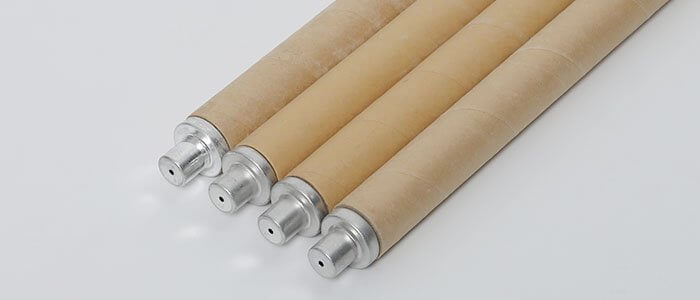In the realm of temperature measurement and control, thermocouples stand as essential devices, providing accurate readings across various industrial applications. However, the efficacy of these thermocouples relies heavily on their integration with the appropriate connecting blocks. In this article, we explore the significance of combining thermocouples with matching connect blocks, emphasizing the importance of a harmonious connection to unlock the full potential of temperature monitoring systems.
Thermocouples, designed to measure temperature by utilizing the thermoelectric effect, come in various types, each suited for specific temperature ranges and environments. While the selection of an appropriate thermocouple is crucial, the often-overlooked counterpart is the connecting block. This component acts as the interface between the thermocouple and the control or monitoring system, and choosing the right connection method is vital for optimal performance.

The matching connect block serves as the linchpin in ensuring seamless communication between the thermocouple and the monitoring system. It not only provides a secure physical connection but also plays a critical role in maintaining the accuracy and reliability of temperature readings. When the thermocouple and connect block are mismatched or incompatible, it can lead to compromised data, inaccurate measurements, and potential system failures.
One of the primary considerations in ensuring an effective thermocouple-connect block pairing is the choice of connection type. Thermocouples can be connected using various methods, such as direct wiring, terminal blocks, or connectors. Each method has its advantages and limitations, and the selection should align with the specific requirements of the application.
For instance, a thermocouple with a certain type of termination may require a corresponding connect block with the same termination style. Mixing and matching terminations can result in signal degradation, increased resistance, and ultimately, a reduction in measurement accuracy. To avoid such issues, it is imperative to adhere to the manufacturer’s specifications and guidelines regarding compatible thermocouple-connect block combinations.
Furthermore, the physical and environmental conditions of the application should also influence the choice of connect block. Factors such as vibration, temperature extremes, and exposure to corrosive substances can impact the longevity and performance of the connection. Matching the thermocouple with a connect block designed to withstand these conditions ensures reliability and durability in even the harshest environments.
In conclusion, the synergy between thermocouples and matching connect blocks is paramount for achieving optimal performance in temperature measurement systems. A meticulous approach to selecting compatible components, considering both termination types and environmental factors, is essential to harness the full potential of these critical components. By recognizing the interconnected nature of thermocouples and connect blocks, industries can elevate the accuracy, reliability, and longevity of their temperature monitoring systems, contributing to overall operational excellence.

